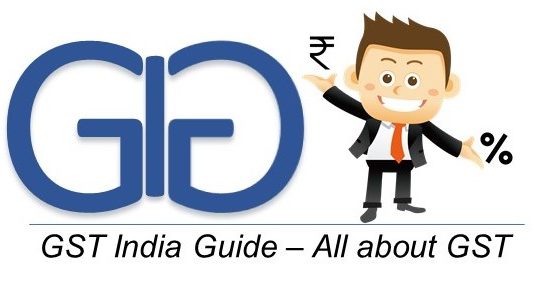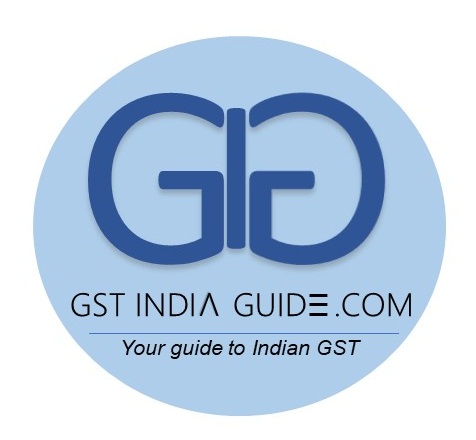Compensation norms for revenue losses on account of transition to the goods and services tax (GST) may add some element of certainty for state governments while preparing their budget targets, according to a study by rating firm Icra.
It says that the transition may turn out to be temporarily disruptive and that the pace of growth of transfers from central government to state governments is forecast to halve in the coming fiscal.
The Union Budget for FY’2018 has forecast a reduction in the pace of growth of central transfers to state governments to 9.8 per cent in the budget estimates (BE) for FY’2018 from 18.7 per cent in the revised estimates (RE) for FY 2017.
“However, states’ own revenues, subsumed into the GST, would grow by at least 14 per cent for the first five years after the transition to the GST, reducing the extent of uncertainty for budget preparation at the state level, ” said Jayanta Roy, Group Head – Corporate Sector Rating, at Icra.
The pace of growth of central tax devolution is budgeted to decline to 10.9 per cent in FY’2018 BE from 20.1 per cent in FY’2017 RE, led by the slowdown in the year-on-year (YoY) growth of the Union excise duty (to 5.0 per cent from 34.5 per cent) and service tax collections (to 11.1 per cent from 17.1 per cent).
“Any reduction in excise duty on fuels over the course of the year, intended to absorb a further rise in crude oil prices, would pose a downside risk to the state governments’ share of central tax revenue,” Mr Roy added.
The pace of expansion of grants from the Centre to the states is expected to moderate to 7.9 per cent in the BE of FY’2018 from 16.6 per cent in the RE of FY’2017, mainly led by the slowdown in the growth of Finance Commission grants.
This step down is in line with the recommendations of the Fourteenth Finance Commission (FFC), and, therefore, should not have come as a surprise to the states. On the other hand, the pace of growth of scheme-related transfers is set to rise modestly, to 5.5 per cent in FY’2018 BE from 3.2 per cent in FY’2017 RE.
While some manufacturing-intensive states have expressed concerns regarding revenue losses on account of the shift from Central Sales Tax (CST) to the Integrated GST (IGST), Icra expects this to be partly offset by higher revenues related to services accruing to nearly all the states.
The GST on services accruing to the states on an aggregate basis would be twice as high as the share of service tax devolved to the state governments on every Rs. 100 of taxable services in the current regime, as per ICRA estimates. Moreover, compensation for losses by the centre would protect against any medium-term downside to the state governments’ revenues.
The Economic Times, 7 March 2017

